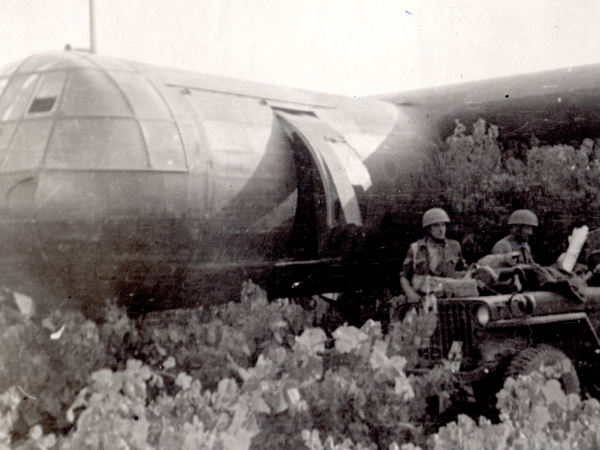Glider Operations of World War Two - Daytime Talk - 27th March 2025
The introduction of Airborne Forces early in 1940, changed the face of the battlefield forever. The invasion of the Low Countries in May 1940 by the German Army and the success they achieved with troops being deployed from Gliders onto the Belgium defences of Fort Ében-Émael, convinced Winston Churchill that the British must develop an Airborne as soon as possible.
From then this new concept of warfare was to play an increasing role across the world by the Allies and the Axis powers, from the ice slopes of Norway, Burma, Crete, Sicily, Normandy Arnhem, to the crossing of the Rhine in 1945.
However, the cost was high in men, gliders and equipment. The role of the glider soldier was a dangerous and difficult one, but their achievements to land troops ahead of the main forces had an enormous effect on the enemy.
Join Lt. Col (Retd) Derek Armitage in the Museum at 10am on Thursday 27th March to hear their story.
The introduction of Airborne Forces early in 1940, changed the face of the battlefield forever. The invasion of the Low Countries in May 1940 by the German Army and the success they achieved with troops being deployed from Gliders onto the Belgium defences of Fort Ében-Émael, convinced Winston Churchill that the British must develop an Airborne as soon as possible.
From then this new concept of warfare was to play an increasing role across the world by the Allies and the Axis powers, from the ice slopes of Norway, Burma, Crete, Sicily, Normandy Arnhem, to the crossing of the Rhine in 1945.
However, the cost was high in men, gliders and equipment. The role of the glider soldier was a dangerous and difficult one, but their achievements to land troops ahead of the main forces had an enormous effect on the enemy.
Join Lt. Col (Retd) Derek Armitage in the Museum at 10am on Thursday 27th March to hear their story.




